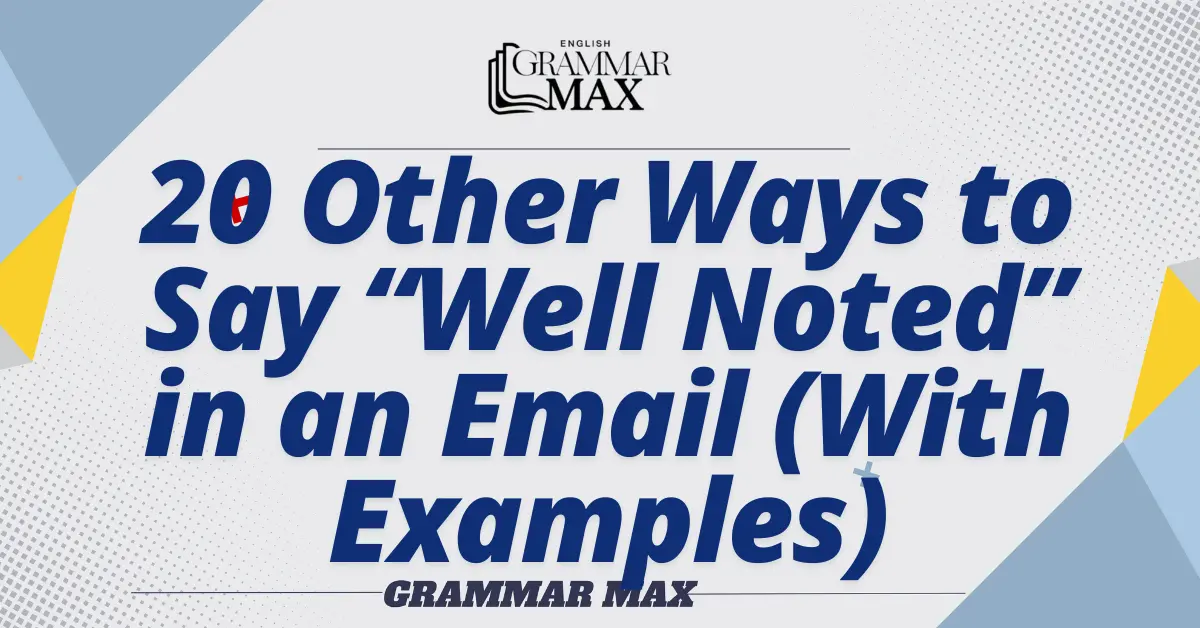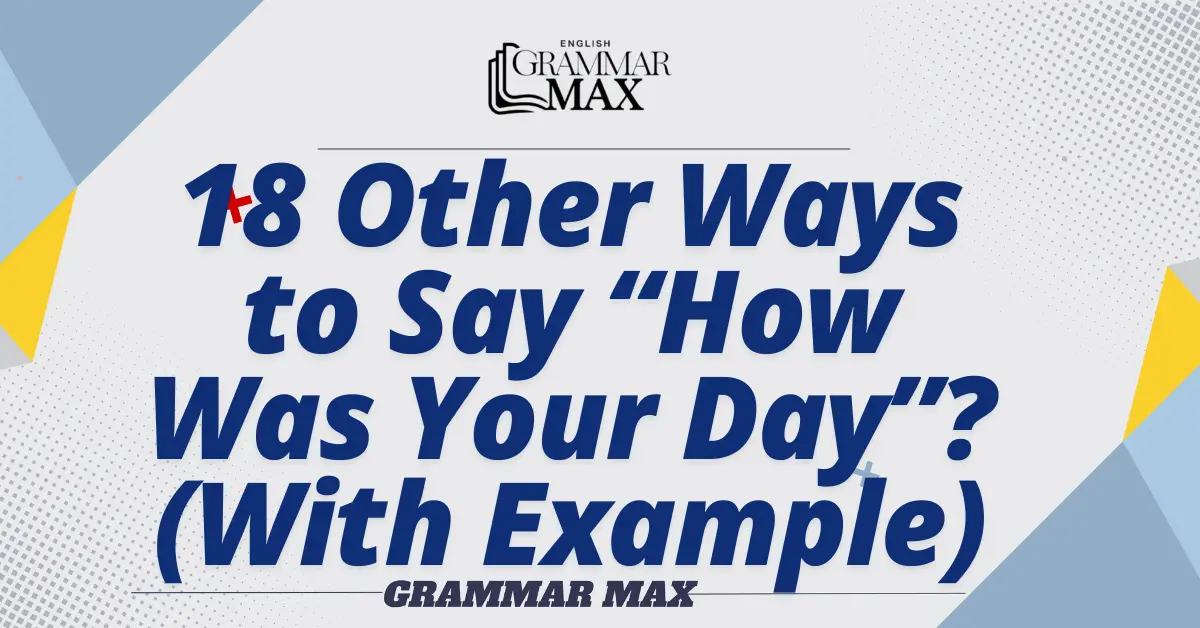Are you mad at me? It’s a question that often comes up in personal and professional relationships, signaling a need for reassurance or clarification. When someone asks you this, it may be because they sense some perceived tension, or maybe there was a misunderstanding. Responding thoughtfully can ease the situation and foster open communication.
We’ll explore 30 different ways to respond to “Are you mad at me?” whether in real-time communication like texting or digital communication platforms, each response will help maintain strong connections. From direct reassurance to using humor to diffuse tension, you’ll find helpful examples to navigate these situations smoothly.
Funny/Lighthearted Responses
- Mad? I’m more like mildly irritated!
- Nope, just practicing my ‘serious face.’
- Mad? I’m too tired to be mad
- Of course not, you’re too charming to be mad at
- I could never stay mad at you for long!
- If I were mad, you’d know trust me!
- No way, I’m saving my anger for bigger things, like slow Wi-Fi
- Who, me? Nah, I’m as cool as a cucumber
- I’m mad… about how awesome you are!
- Mad? Only if you ate the last piece of pizza!
Mad? I’m more like mildly irritated!
“Mad? I’m more like mildly irritated!” is a lighthearted response that uses humor to diffuse tension. It acknowledges a small amount of frustration without escalating the situation, making the conversation feel less serious and more playful.
Best use:
This is best used when you want to lighten the mood in a friendly or casual setting, showing that you’re not seriously upset.
Example:
“Mad? I’m more like mildly irritated, but nothing we can’t laugh about.”
Nope, just practicing my ‘serious face.’
“Nope, just practicing my ‘serious face.’” is a lighthearted and humorous way to respond when someone asks if you’re mad. It helps diffuse tension by adding a touch of comedy and assures the other person that everything is fine, using a playful tone.
Best use:
This is perfect for informal settings or with friends when you want to ease any perceived tension with humor.
Example:
“No, I’m not mad just perfecting my serious face for work!”
I could never stay mad at you for long!
The phrase “I could never stay mad at you for long!” conveys a lighthearted sentiment, indicating that despite any frustrations or disagreements, the speaker values the relationship too much to hold onto anger. It emphasizes forgiveness and affection, often lightening the mood in tense situations.
Best Use:
Use this phrase in casual conversations with friends or close colleagues when misunderstandings arise. It reassures the other person that you prioritize the relationship over any temporary annoyance.
Example: “I was upset about the missed deadline, but I could never stay mad at you for long!”
Reassuring Responses
- I’m not mad just a little quiet right now
- No, I’m not upset at all, I promise
- I can assure you, I’m not mad
- I understand why you might feel that way, but I’m not upset
- I’m not mad just trying to focus right now
- We’re good. Don’t overthink it
- I’m not mad, I just need some space right now
- Nope, not mad just a bit overwhelmed
- It’s all good! Let’s not stress about it
- I’m not angry, I just didn’t realize you were feeling that way
No, I’m not upset at all, I promise
“No, I’m not upset at all, I promise” is a calm and reassuring response that immediately clears any misunderstanding. It conveys emotional reassurance while emphasizing trust and honesty with the use of “I promise.” This approach is great for diffusing tension and showing you are not harboring any negative feelings.
Best use:
This phrase is ideal when someone feels perceived tension and needs direct reassurance that everything is fine.
Example:
“No worries, John. I’m not upset at all, I promise.”
I can assure you, I’m not mad
“I can assure you, I’m not mad” is a direct reassurance phrase, used to immediately put the other person at ease. It conveys explicit certainty that you are not angry, helping to diffuse any perceived tension. This approach encourages open communication and a positive resolution without escalating the situation.
Best use:
This is ideal for texting or instant communication when you want to clarify your feelings quickly and maintain a positive tone.
Example:
“Hey John, I can assure you, I’m not mad. Let’s clear this up!”
We’re good. Don’t overthink it
The phrase “We’re good. Don’t overthink it” reassures the other person that everything is fine and encourages them not to dwell on any perceived issues. It promotes a relaxed atmosphere and prevents unnecessary stress, allowing for a more positive interaction. This response helps to ease concerns and reinforces the strength of the relationship.
Best Use:
Use this response in casual conversations with friends or colleagues who might be overanalyzing a situation. It effectively calms fears and reinforces the idea that there are no hard feelings.
Example: “We’re good, Sarah. Don’t overthink it; it was just a misunderstanding.”
Direct/Assertive Responses
- Not at all, let’s just move on
- I’m not mad let’s work together to fix this
- I was a bit annoyed earlier, but I’m over it now
- Honestly, I didn’t even realize you thought I was mad
- No hard feelings I’m just focused on the bigger picture
- Don’t worry, I’m not irritated at all
- No, I’m not mad let’s focus on what we can do next
- I’m not mad let’s clear the air and move forward
- I might have been frustrated earlier, but I’ve already let it go
- No, I’m not upset let’s have an honest discussion instead
Not at all, let’s just move on
“Not at all, let’s just move on” is a direct and reassuring response. It firmly closes any unnecessary discussion around perceived tension, signaling that there’s no issue. It also encourages shifting focus away from the misunderstanding and back to more productive matters. This phrase helps maintain a professional tone without lingering on emotional concerns.
Best use:
Use this response in professional settings when you want to end a minor misunderstanding quickly and keep the conversation moving forward.
Example:
“Are you mad at me?”
“Not at all, let’s just move on.”
Don’t worry, I’m not irritated at all
“Don’t worry, I’m not irritated at all” conveys a sense of calm and reassurance. It emphasizes that any perceived annoyance does not exist, helping to diffuse tension and foster open communication. This phrase reassures the other person that they can feel comfortable discussing the issue without fear of escalation.
Best Use:
Use this response in casual conversations with friends or colleagues when they express concern about your mood. It effectively eases their worries and maintains a positive atmosphere.
Example:
“Don’t worry, I’m not irritated at all, I just had a busy day!”
I’m not mad let’s clear the air and move forward
The phrase “I’m not mad, let’s clear the air and move forward” expresses a willingness to resolve any misunderstandings and shift the focus toward a more positive interaction. It reassures the other person that there’s no lingering anger and encourages an open dialogue to address concerns.
Best Use:
Use this response when you sense tension or conflict and want to foster a constructive conversation. It works well in both personal and professional settings to maintain healthy relationships.
Example: “I’m not mad, Sarah. Let’s clear the air and move forward so we can work together more effectively.”
Is it Professional to Respond “Are You Mad At Me”?

Responding to “Are You Mad at Me?” in a professional setting can be tricky, but it’s important to maintain a calm and composed tone. While the question may seem informal or personal, offering a direct and reassuring response helps maintain clear communication and avoids creating further perceived tension. It’s best to address the concern without emotional escalation, promoting a positive and supportive tone that ensures a healthy working relationship.
Frequently Asked Questions
Are you mad at me meaning?
“Are you mad at me?” means someone is asking if you’ve become angry or upset with them due to something they did or said.
How do I ask “Are you upset at me?”?
You can ask, “Are you upset at me?” or “Did I do something to make you angry?” in a more direct or formal way.
Are you mad with me or at me?
The correct phrase is “Are you mad at me?” as “mad with me” is less common in English usage.
How do you respond to “Are you mad at me?” text?
You can reply with reassurance like, “I’m not upset, let’s talk if something’s bothering you.”
Conclusion
In moments where you’re asked, “Are you mad at me?”, having the right response can instantly change the dynamic of the conversation. Whether through direct reassurance, humor, or a focus on moving forward, you can help maintain strong connections and resolve any perceived tension.
By offering thoughtful responses, you create an opportunity for open communication, helping to build healthy relationships that last. Ultimately, the goal is to ensure that even minor conflicts don’t overshadow the value of the relationship.

William Henry is a writer for Grammar Max, a blog that focuses on synonyms and phrases. He loves exploring the quirks of the English language and enjoys helping readers improve their vocabulary. William’s articles are easy to read, fun, and full of useful tips for anyone looking to better understand and use English. Whether you’re a student, a professional, or just someone interested in language, William’s writing on Grammar Max makes learning about words and their meanings simple and enjoyable.





